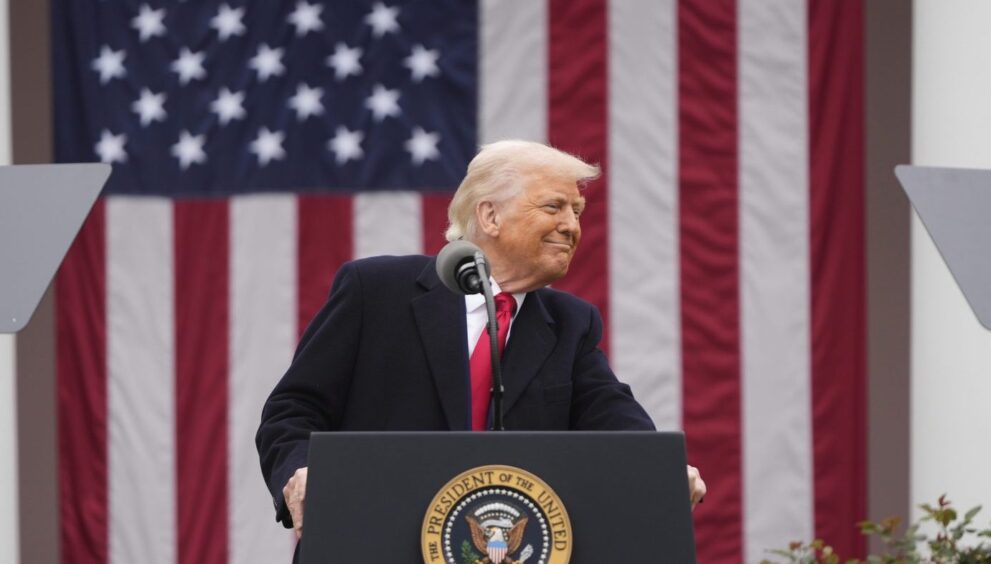Trump Misinterprets Trade History and Economics

When President Trump gave an overview of America’s trade concerns from the Rose Garden, Democrats likely didn’t anticipate his adoption of their stances and support bases.
For decades, Democrats have advocated for American farmers and workers, with the Midwestern farmer, Detroit auto worker, and Rust Belt steel worker benefiting from their backing. Republicans, on the other hand, championed free markets, innovation, and competitive advantage. Then came Trump.
As Trump spoke, countries like Cambodia, India, and Sri Lanka that he mentioned may have been taken aback. Following World War II, these nations faced America’s relentless pressure to open their markets while being sidelined by the global trade order. In return, America imposed restrictions on their exports, limiting their ability to thrive.
American soil was subject to quotas on textiles and other manufactured goods, with agricultural products not permitted entry. The slightest hint of imported sugar would send both Democrats and Republicans scrambling to protect their interests.
For instance, the 2005 trade pact between the U.S. and Central America nearly didn’t pass Congress due to disputes over sugar imports. Even with trade agreements like NAFTA and USMCA in place, America maintained tight restrictions on imported sugar.
Only Trump, American farmers, and manufacturing unions argue that they have suffered losses from trade. The trade agreements orchestrated by America and its European allies restricted the developing world to exporting raw materials, while America reaped the profits from value-added products.
The political strategy was simple: let competitive industries flourish in international trade, address the challenges faced by losing sectors, and leverage American strengths in high-tech industries and services. Trump, however, has disrupted this balance, rallying supporters from sectors hurt by globalization and technological advancements.
The decline of uncompetitive U.S. manufacturing sectors was not due to other nations exploiting America but stemmed from America’s protectionist policies that curtailed competitiveness. Trump’s misleading narrative of trade imbalances overlooks the crucial policies that have shaped America’s economic landscape.
The U.S. cannot reclaim its manufacturing greatness by antagonizing allies or pursuing ill-considered tariffs. An industrial policy focused on innovation and competitiveness, rather than protectionism, is essential to revive American industries.
As Trump wages trade wars and undermines global relationships, America’s path to economic recovery grows more uncertain. Sustainable solutions require leveraging America’s research, innovation, and educational strengths, areas where Trump’s policies have fallen short.
In summary, Trump’s trade approach lacks foresight and is rooted in a flawed understanding of economic principles and global dynamics, posing risks to America’s economic future.






















































































































































































































































































































































































































































































































































































































































































































































































































































































































































































































































































































































































































































































































































































































































































































































































































































































































































































































































































































































































































































































































































































































































































































































































































































































































































































































































































































































